Creating a serene and magazine-worthy look in the bedroom isn’t as hard as you think. It’s all about color schemes, and when it comes to the bedroom, you need to think about balance. All parts of the bedroom need to harmonize with one another. If you already have your bed, consider what style and color tones are in the furniture before you choose your color scheme.
If you’re starting from scratch and a blank canvas, you have the freedom to go with whatever color scheme you like. It’s crucial to consider elements like walls and flooring and then right down to small decorative accents.
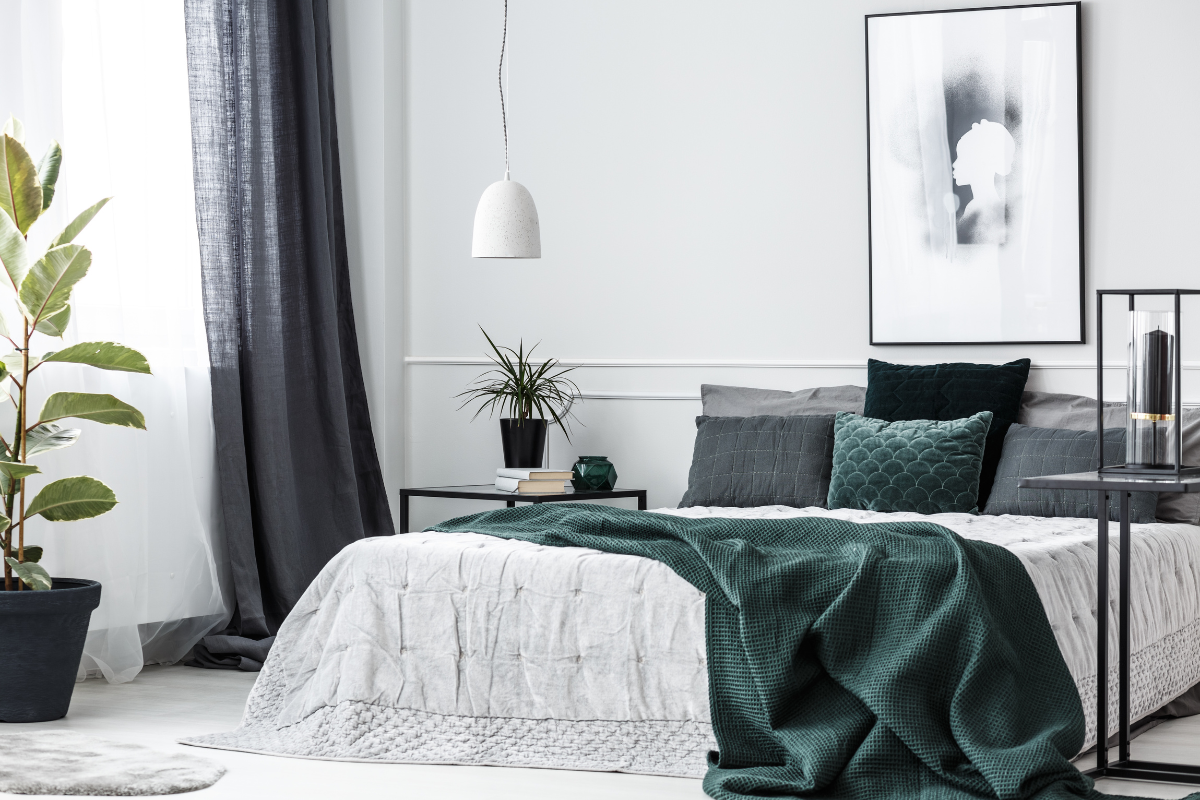
Where to Start When Choosing a Color Scheme
So you want to re-do your bedroom but are unsure where to start. The key to a well-designed bedroom or any space is a well-thought-out color scheme, but where do you start?
Most people already have a bed and bedroom furniture. As we briefly mentioned above, you will want to ensure the chosen colors will complement the tones in the furniture you already have.
You want to choose your color scheme by first pulling the most prominent color in the space — this could be color from a large area rug, bedding, or a large piece of artwork.
Next, to choose your complementing colors, use the color wheel to help you. Typically in analogous color schemes, the colors opposite each other on the color wheel are complementary. This is not to say that you cannot use different colors together. It’s just a general rule and a safe bet for unsure people.
You will also want to consider colors for the bedroom that suit the space. Different colors evoke different feelings and emotions, so not all colors are suited for the bedroom. Blue and green, for example, are most casual and relaxing, so they are great colors for the bedroom, whereas red promotes energy and can even raise blood pressure. Hence, it’s usually a big no-no in a space we want to keep serene and relaxing.
Take cues from your clothes. That may sound strange, but most people buy clothes in the colors they love. Likewise, you should dress your rooms in colors that flatter you and that you genuinely enjoy. You can also look to trends, but do not entirely rely on them to makeover your space. While something may be trendy, it doesn’t mean that you are going to love it absolutely.
There is also a designer rule that is extremely helpful in creating a color scheme, which is the Rule of 60-30-10. Divide the colors into components of 60 percent of a dominant color (walls), 30 percent of a secondary color (upholstery), and 10 percent of an accent color (accessories).
If you’re ready to start compiling your color scheme, here are some inspiring examples that may give you a good head start:
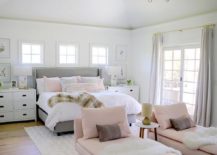
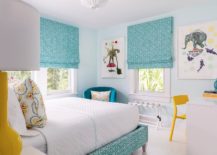
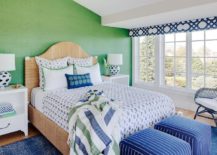
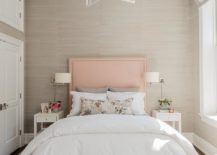
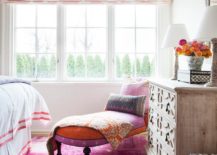
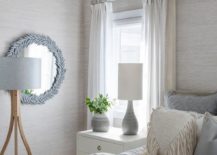
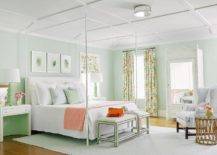
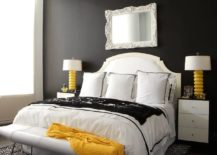
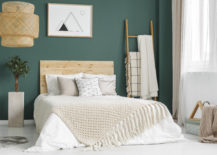
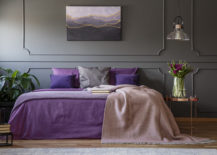
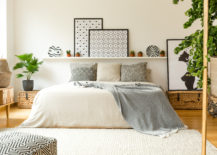
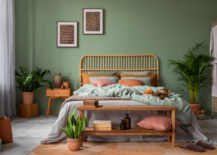
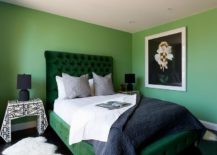
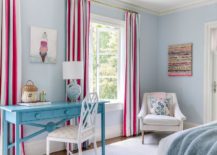
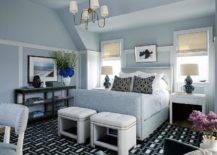
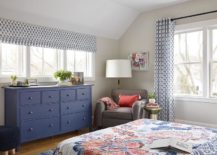
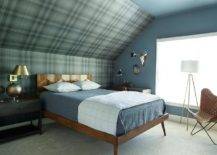
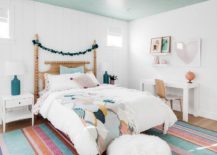
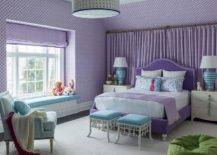
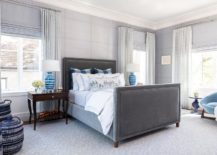
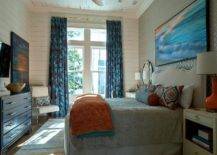
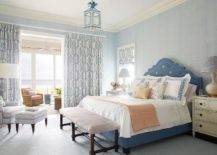
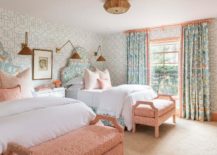
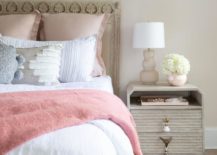
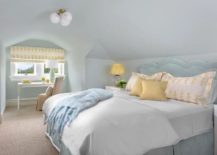
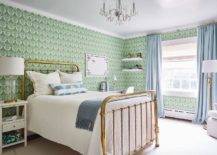
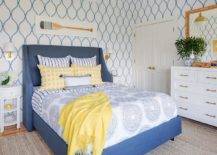
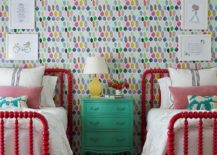
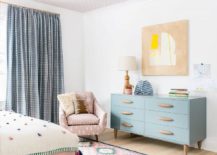
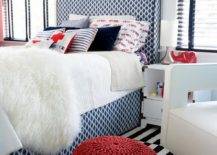
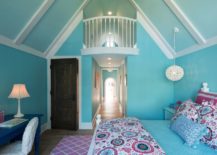
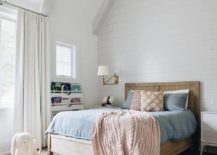
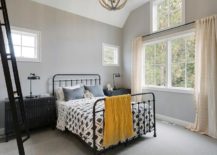
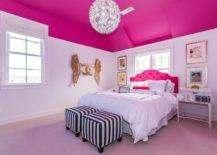
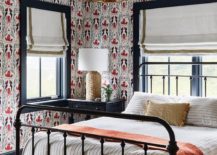
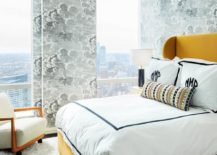
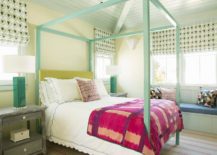
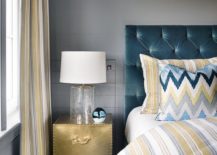
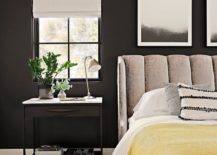
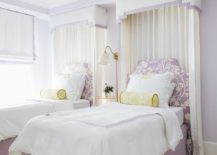
Light and Natural Color Schemes
Bold and bright colors aren’t some people’s tea, so let’s start with some light and natural color schemes. Going natural in the bedroom allows for a serene and airy environment, and you still can add in color; you may just choose to add in little pops of pastels or creams.
Pink, Grey, and White
Pink and grey have been trending for a while now, and we don’t see this color combo going out of style anytime soon. For a light and airy bedroom, it’s perfect. Plus, there are so many options for a third complementary color.
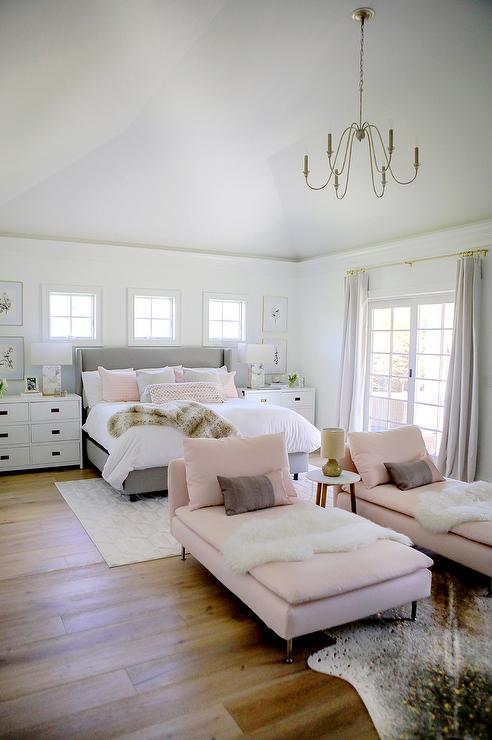
When it comes to using pink in your color palette, there are so many different shades to choose from. There is sure to be a shade that will work with your color scheme.
Related Article: Pink Room Decor: How to Beautify Your Home with Pink
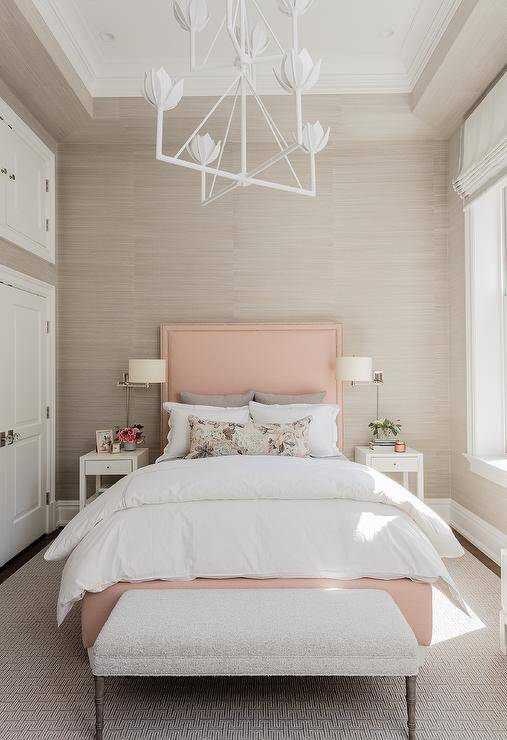
Grey, White, and Cream
If you really want a natural palette, try a mix of whites, creams, and light greys. You can also throw in light blues when working with this color palette.
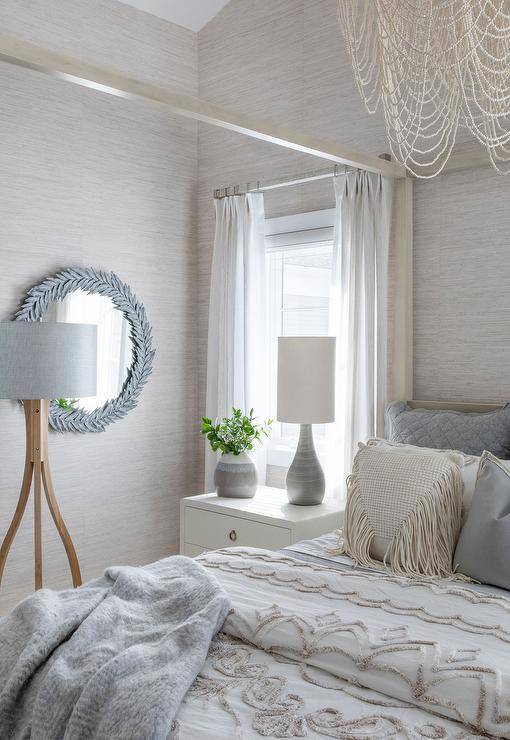
Blush Pink, Grey, and Beige
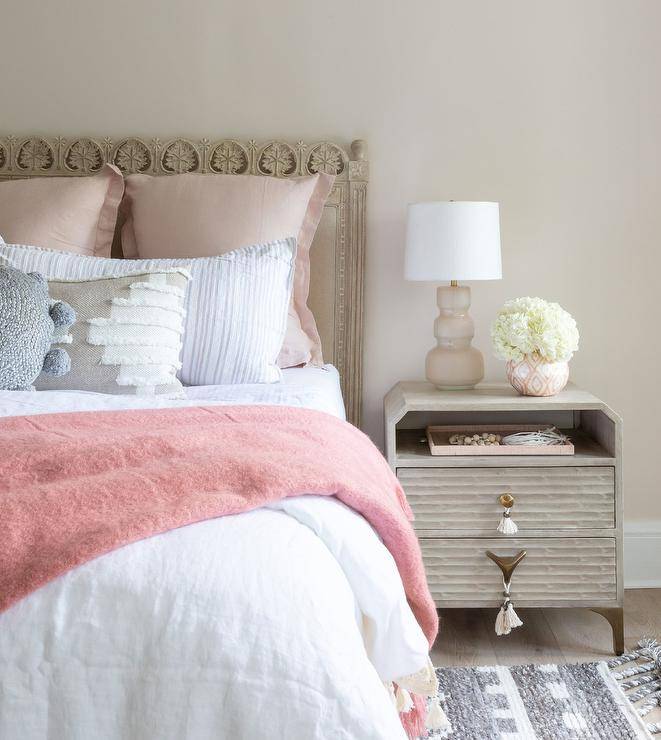
Black, White, and Cream
Even though we have a pop of color from the greenery in this room, the black, white, and cream color provide a neutral combination that is perfectly complementary.
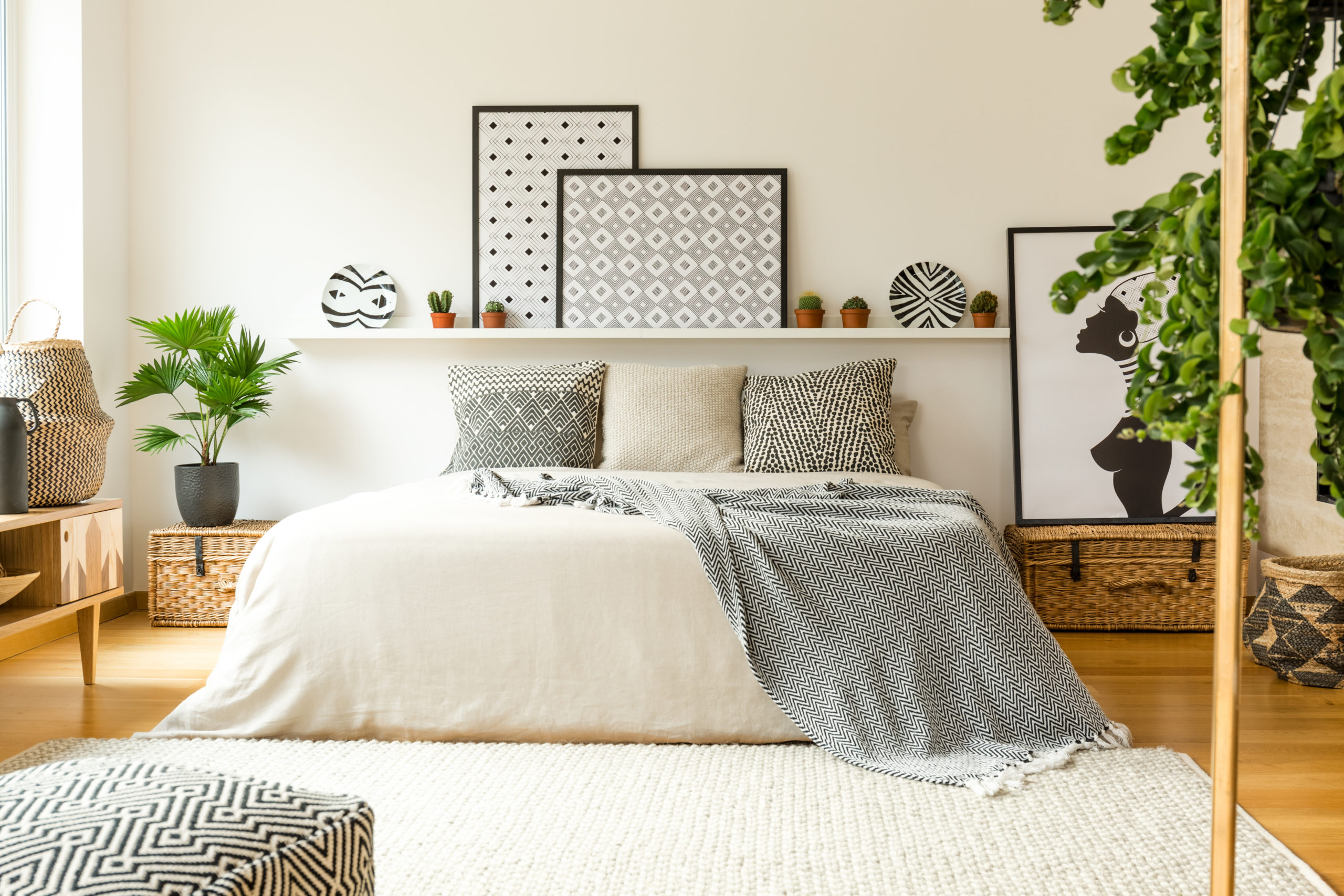
Light Blue, Yellow, and Grey
Yellow doesn’t always have to be a bold and bright color. When working in a yellow pastel, you can keep your room on a more neutral side and add a hint of subtle color.
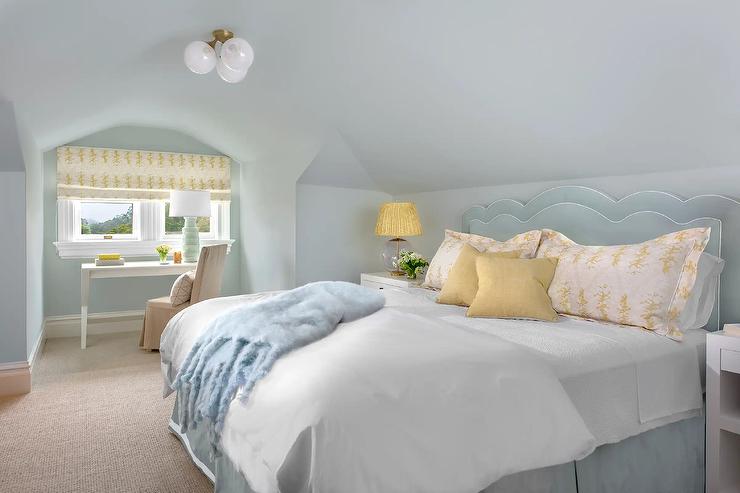
Blue, Blush Pink, and Light Brown
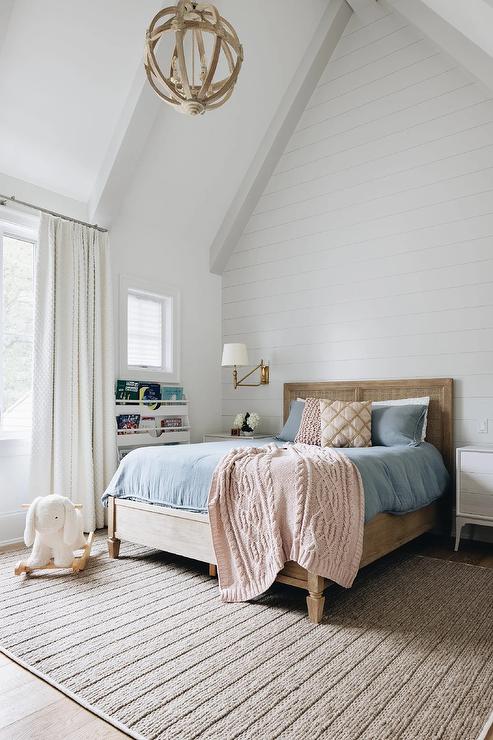
Bright and Bold Color Schemes
Bright and bold color schemes make for a fun and refreshing space; if executed correctly, you can add some pizazz to a boring bedroom. While you will want to consult the color wheel to see which colors complement each other, you can certainly experiment with colors that aren’t directly across from each other, as seen in the examples below.
When trying to use bold and bright colors in the bedroom, sometimes it’s easier if you have a piece of art or bedding to refer to for inspiration. Choosing bedding, curtains, or art first may help you in the color choosing process.
Turquoise, Yellow and White
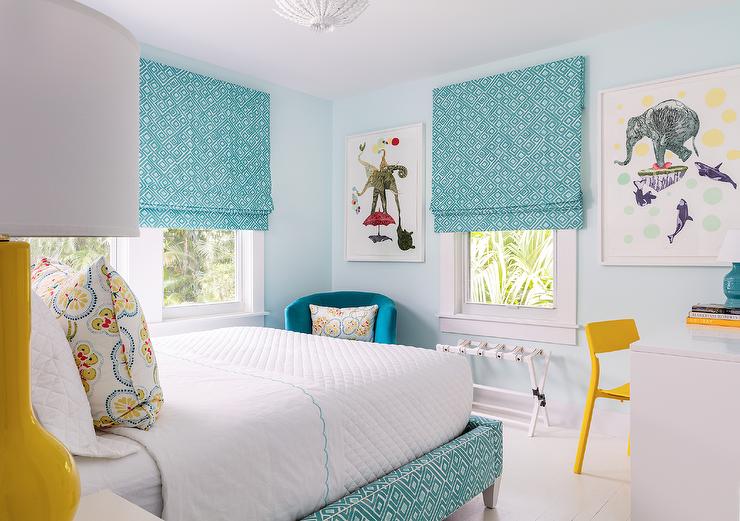
Green, Blue, and White
We love the pop of bold green in this room. It works perfectly with the navy, and then you toss in white to keep everything balanced.
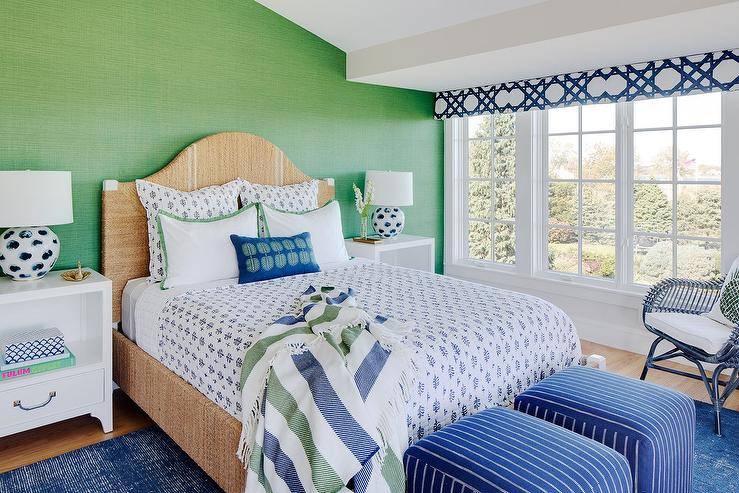
Purple, Orange, and Fuchsia
Don’t be afraid of orange and fuschia! While these colors are a daring choice when used together, you would think they overwhelm a space but act in harmony.
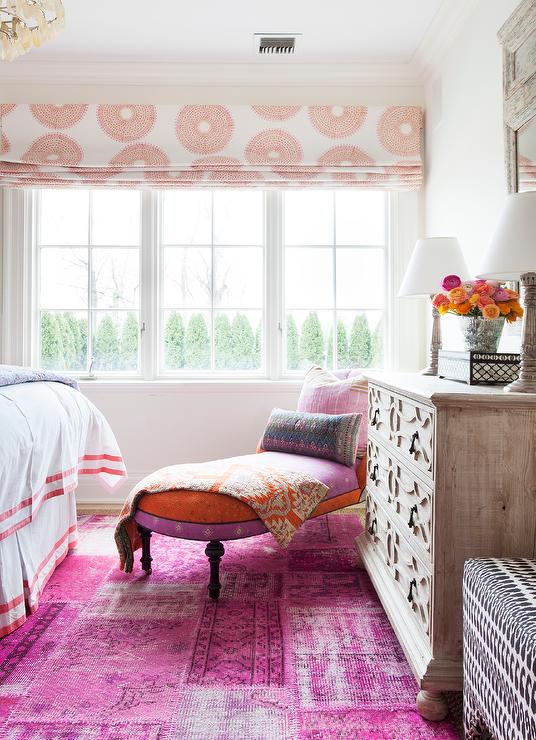
Pink, Blue, and White
Bold pops of pink and blue take this room up a notch.
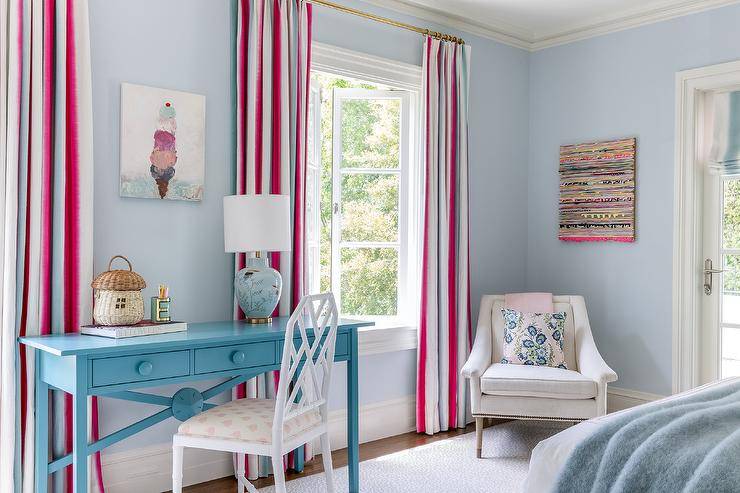
Purple, Blue, and Green
Even though the olive green here is just the slightest touch with the floor pouf, it makes a bold statement and adds to the purple and blue in a delightful contrasting way.
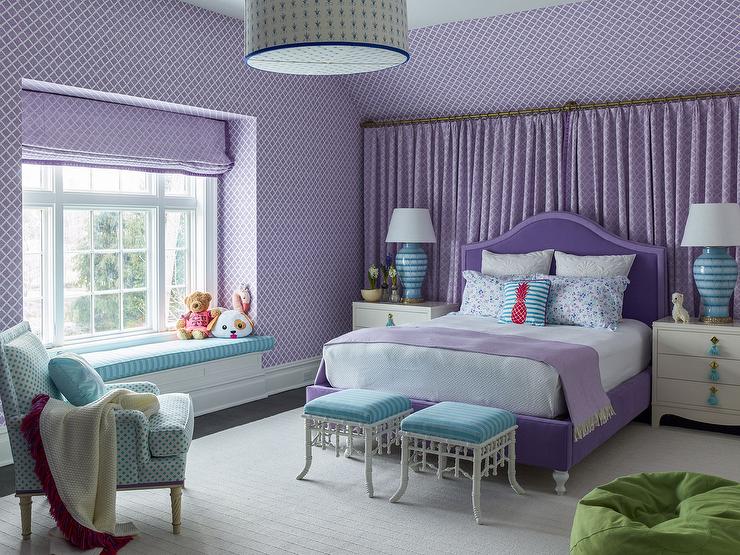
Black, Pink, and White
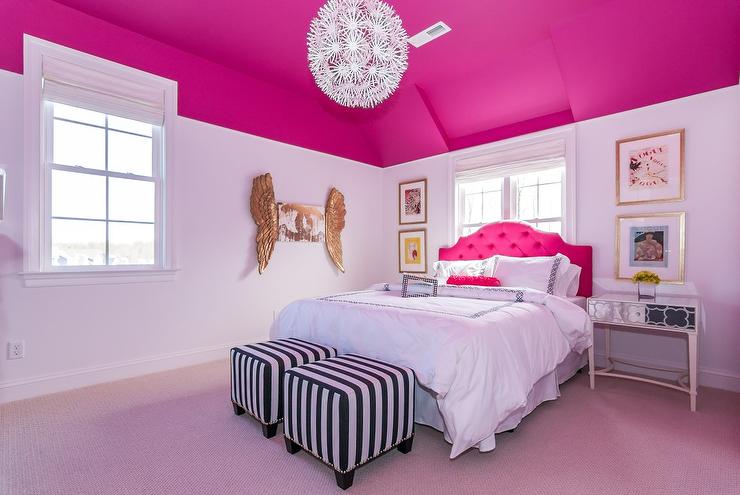
Dark and Moody
Bedrooms don’t always have to be places of light and airy styles. Sometimes a dark, dramatic bedroom can be quite the stunning look. When working with dark colors, it’s best to have a large space. If you have a smaller bedroom, you may want to avoid darker colors, making your small room appear even smaller.
Emerald, Green, and Black
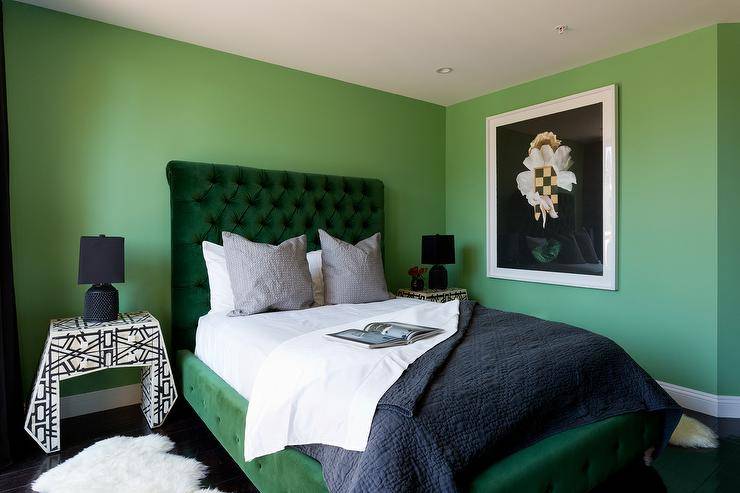
Black, White and Yellow
Sometimes all you need is just a few pops of color. The yellow lamps and throw add a bright, cheery element to this sophisticated bedroom.
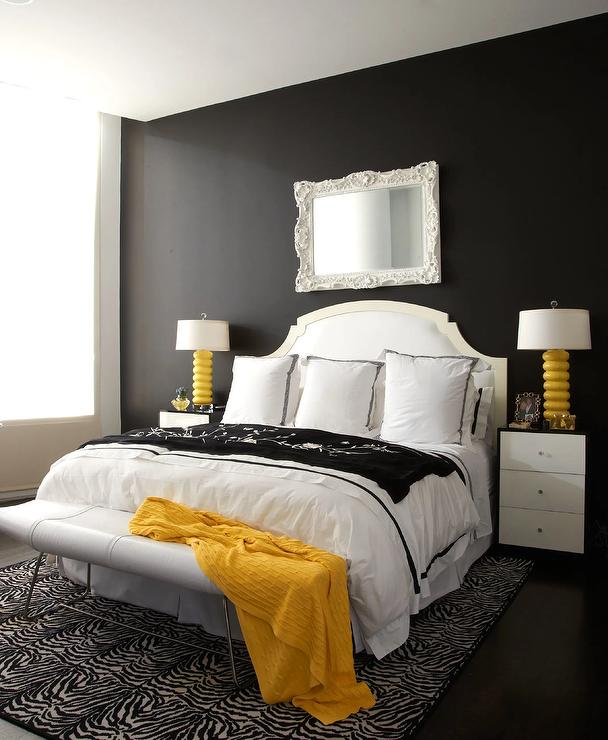
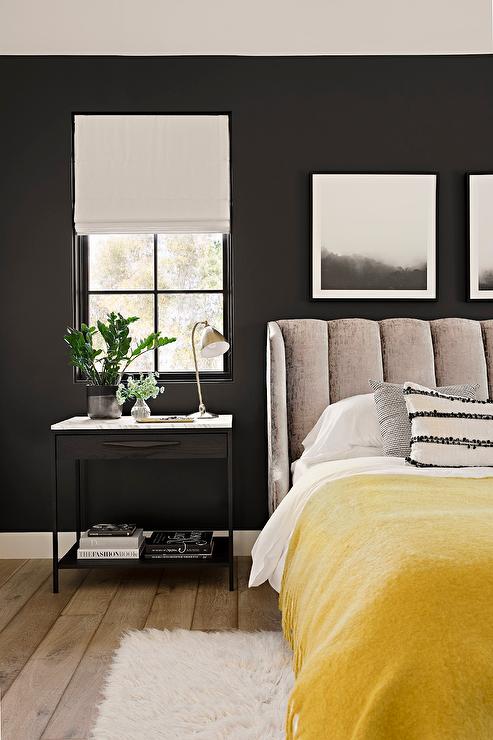
Purple, Blush Pink, and Dark Grey
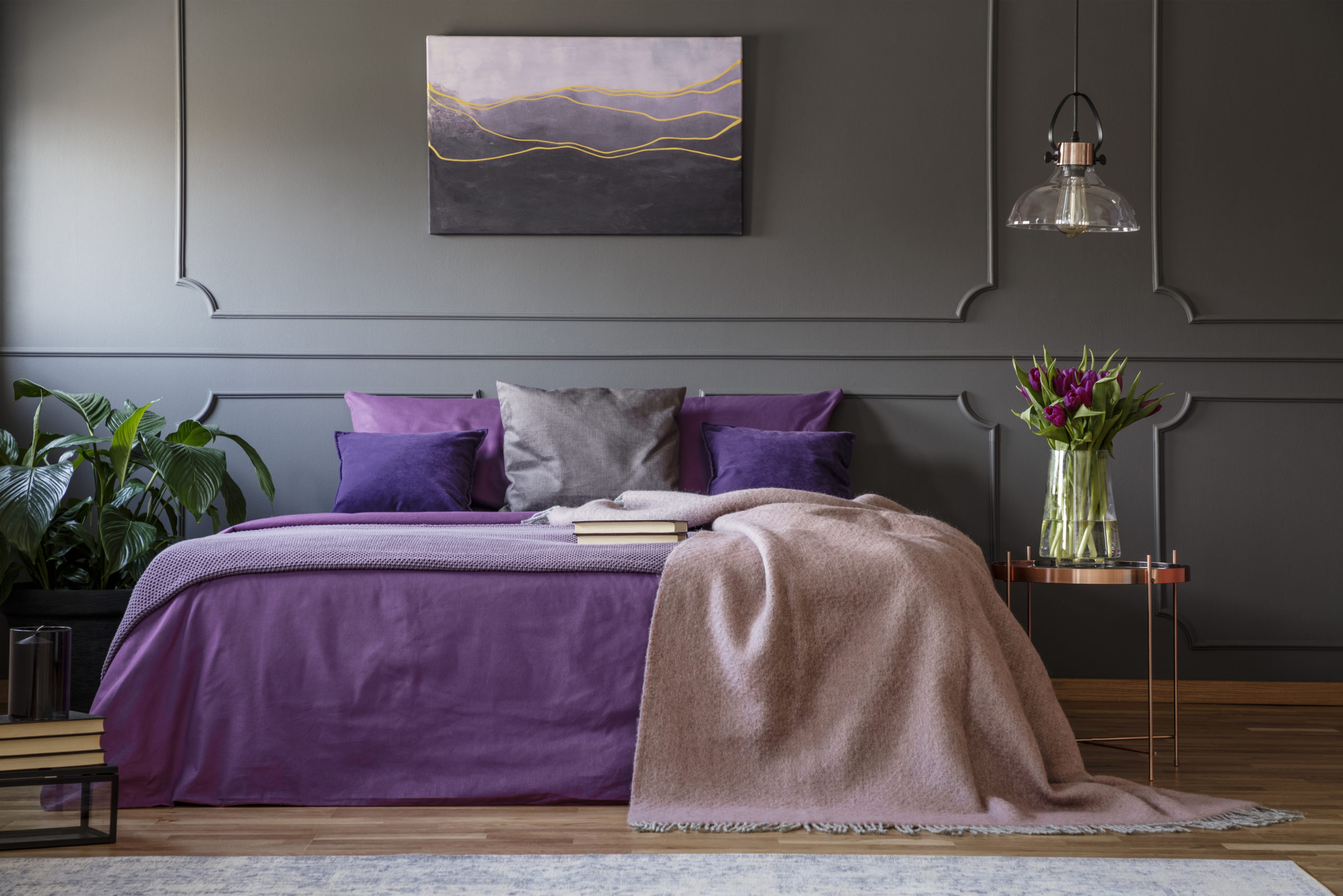
Black, Red, and Burnt Orange
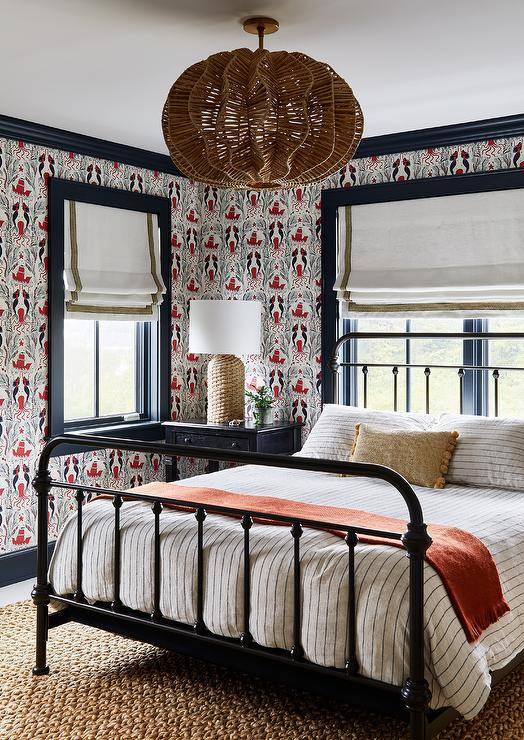
Blue, Grey, and Green
There’s just a slight hint of a faded darker green in the plaid wallpaper, but it totally adds to the room and infuses just another dimension of color.
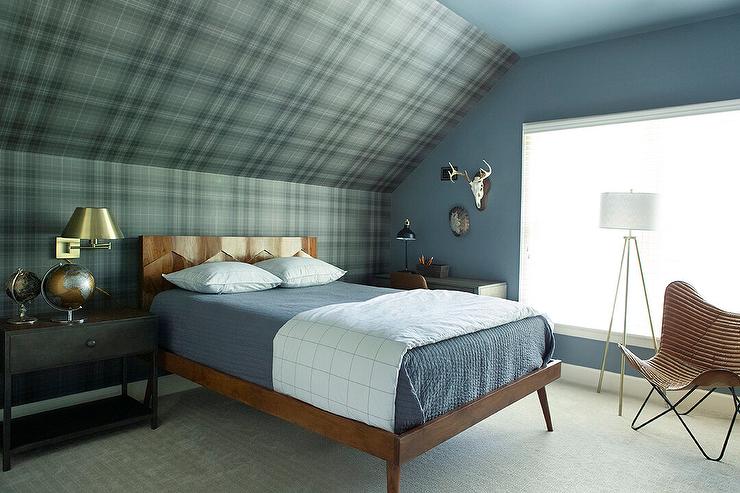
Teal, Yellow, and Grey
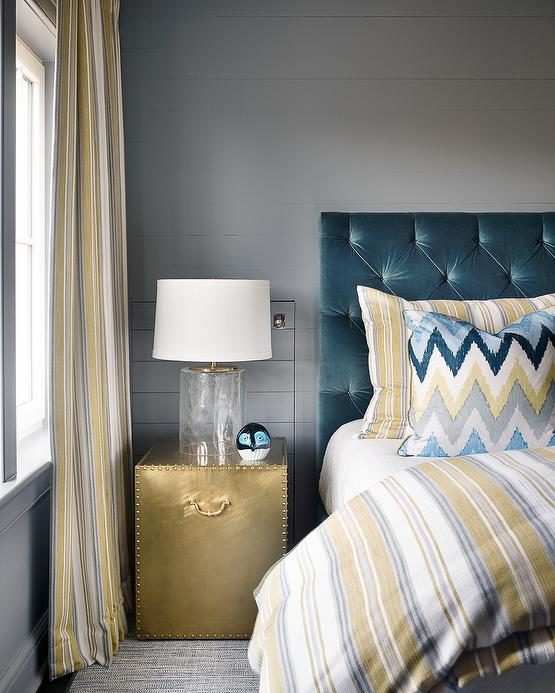
Fun and Playful
For fun and playful bedroom color schemes, think of primary colors as well as bold and bright. While we mainly reserve playful-looking bedrooms for kids and teens, it’s not to say that adults cannot create fun bedroom spaces, too. Playful colors like teal, pinks, and yellows are great to pair together.
Teal, Mustard, and Pink
When thinking of a playful space, don’t just think of the colors; think of the bedroom accents, too. Poms and tassels add so much to a bedroom and make your space fun and cozy.
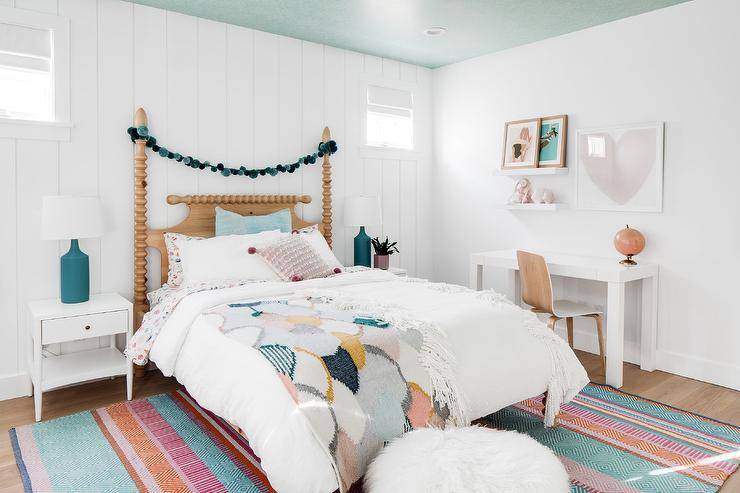
Red, Teal, and Yellow
Brightly colored wallpaper sets the room up with a fun backdrop and gives you a color scheme. Pick the colors out of the wallpaper and match your bedding and furniture accordingly.
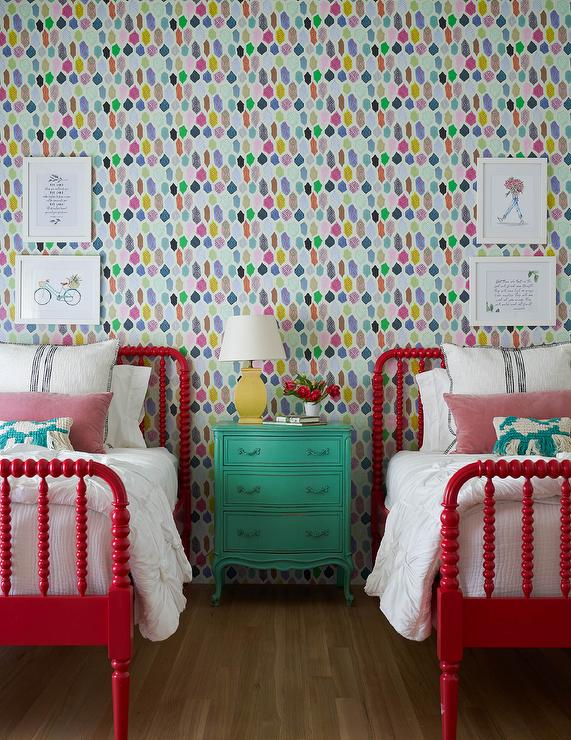
Mustard, Pink, and Blue
If you want a playful space but aren’t too keen on bold colors, you can tone down the same colors, and just use them in a different hue.
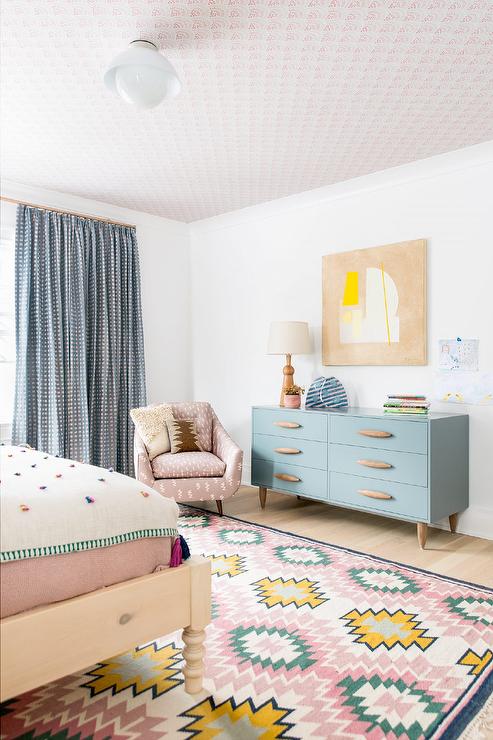
Turquoise, Fuschia, and White
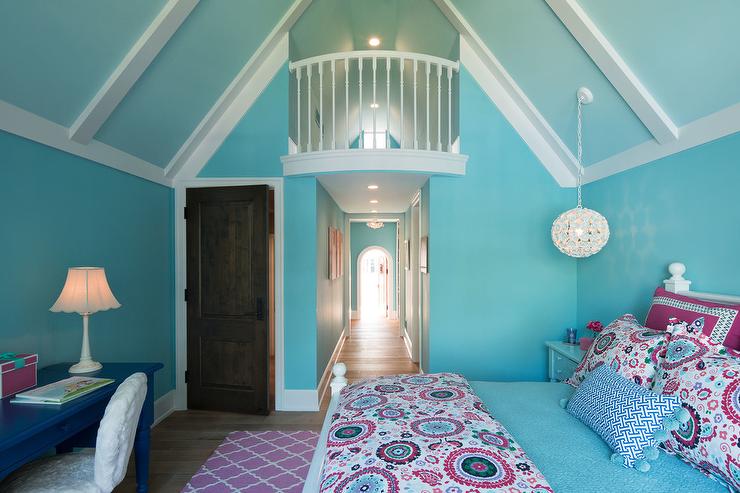
Mint Green, Fuschia, and Yellow
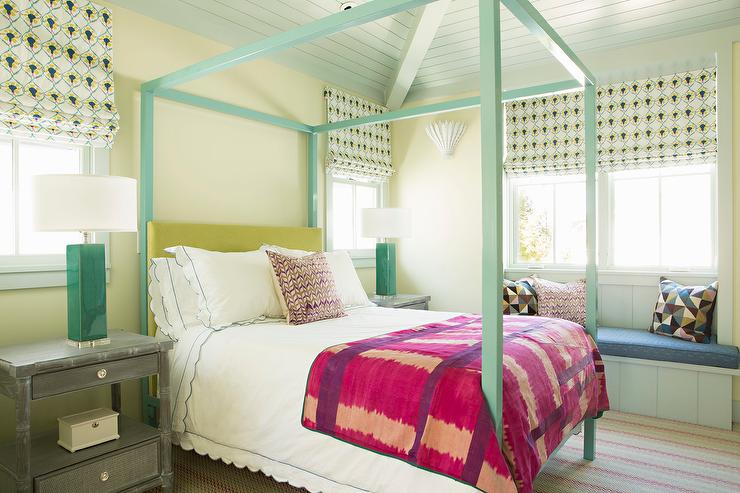
Purple, Yellow, and White
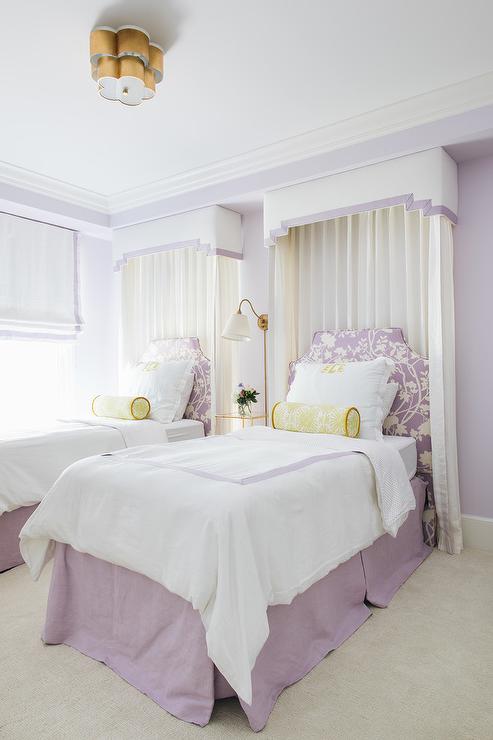
Boho Chic
Beyond rattan and fringe accents, this eclectic aesthetic calls for a mix of contrasting textures and vibrant wallpapers. While this easygoing aesthetic works well in living rooms and other places in your home, boho bedrooms tend to be more challenging to put together.
Think of earth tones when creating your color palette for a more subdued boho bedroom, or take it up a notch with more daring colors and create a bold vibe boho space.
Green, Terracotta, and Brown
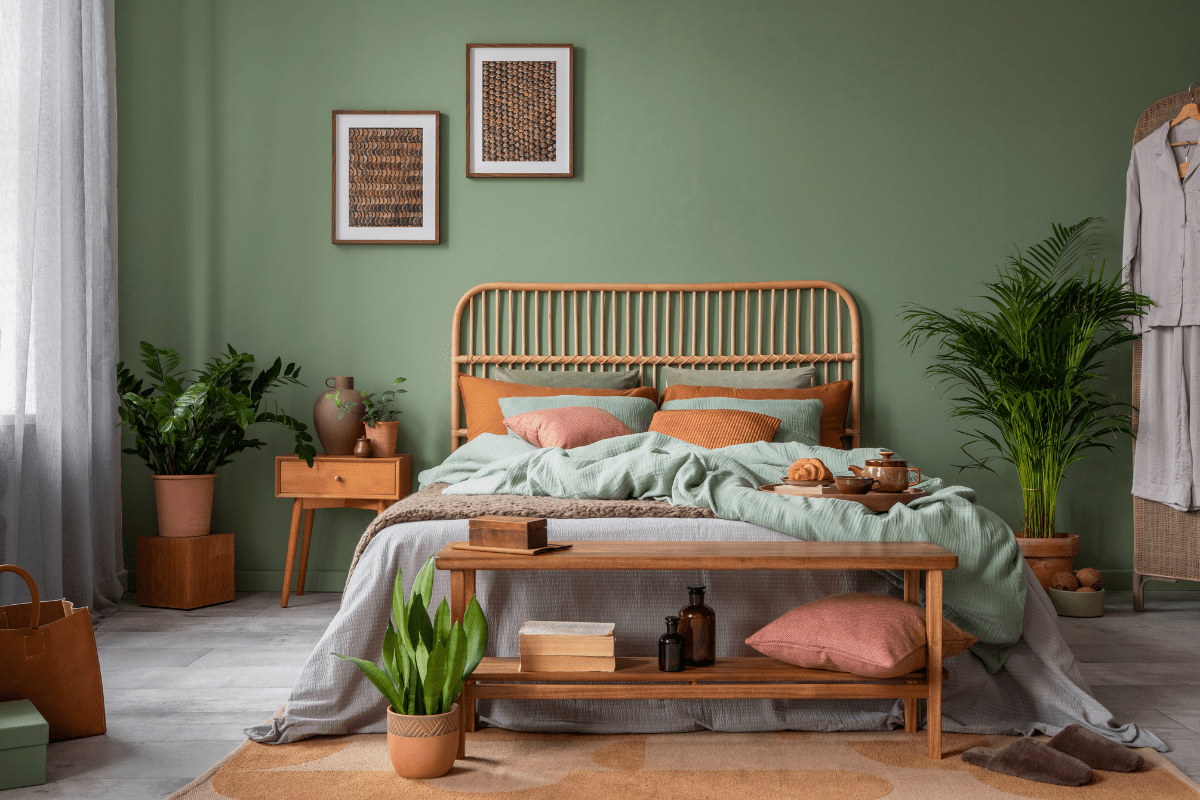
Teal, Blue, and Orange
While this may not seem like a typical boho bedroom, the bold pattern wallpaper and curtains lean this space toward a more eclectic boho vibe.
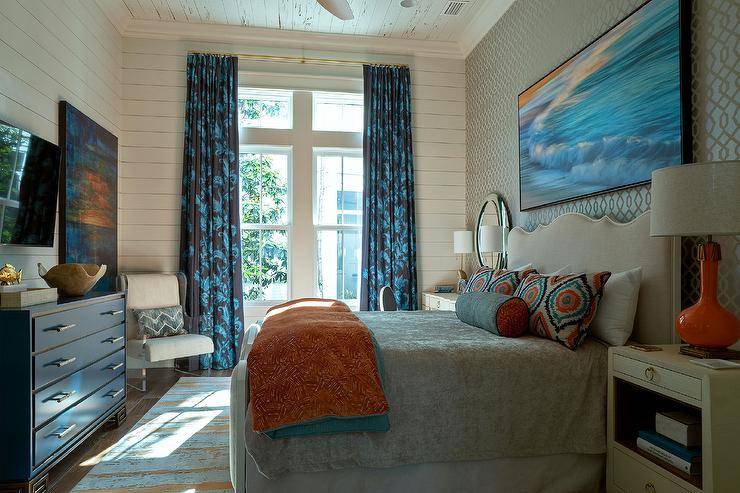
Green, Blush, and Cream
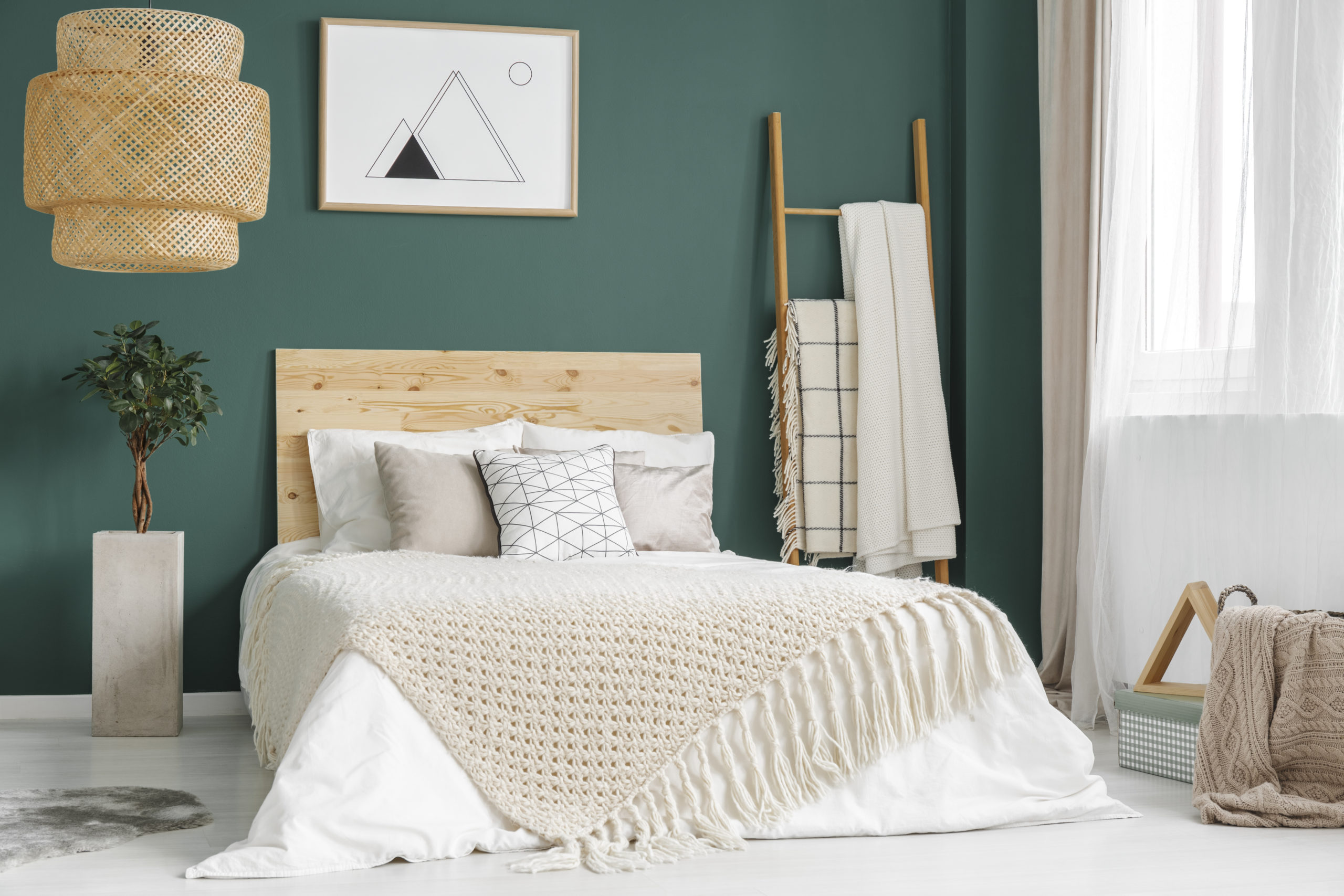
Black, White, and Mustard
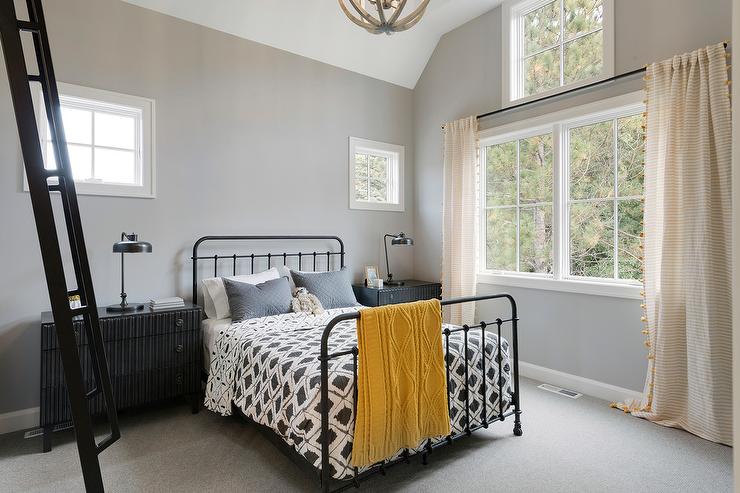
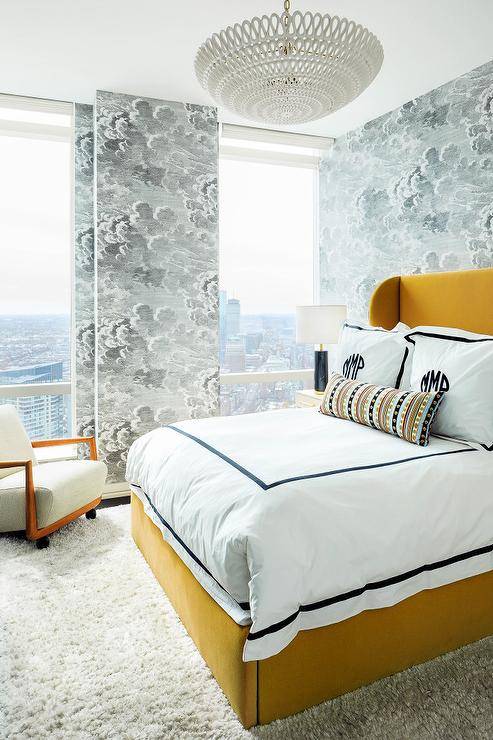
Classic and Traditional
Classic and traditional bedrooms never go out of style, and the color palette is more laid back and simple. Patterns and different textiles can be used, but if you’re after something more traditional, be careful not to get carried away with too many patterns.
Grey, Blue, and Navy
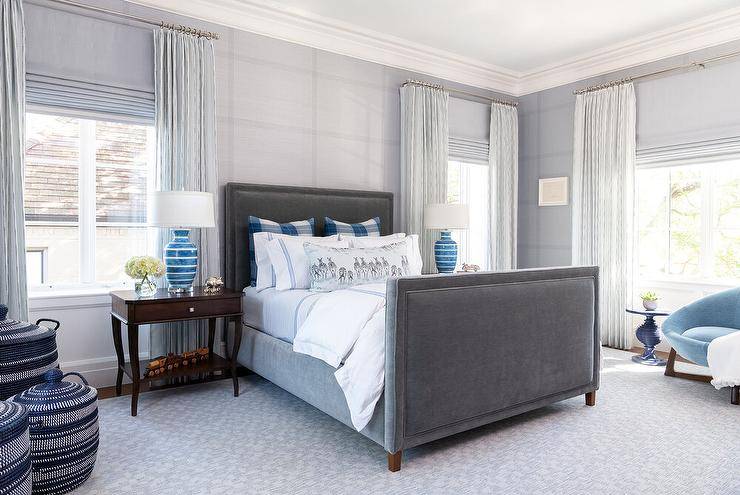
Mint Green, Peach, and Mustard
The slightest bit of mustard in the curtains adds a nice pop to the room without overwhelming the space.
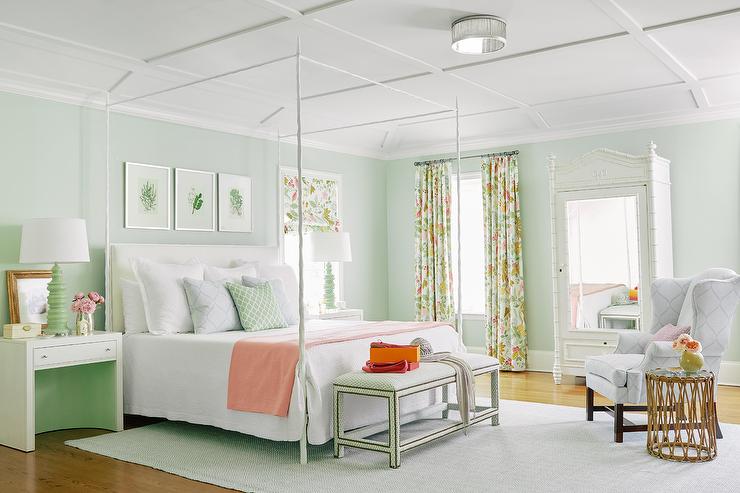
Navy, Red, and Grey
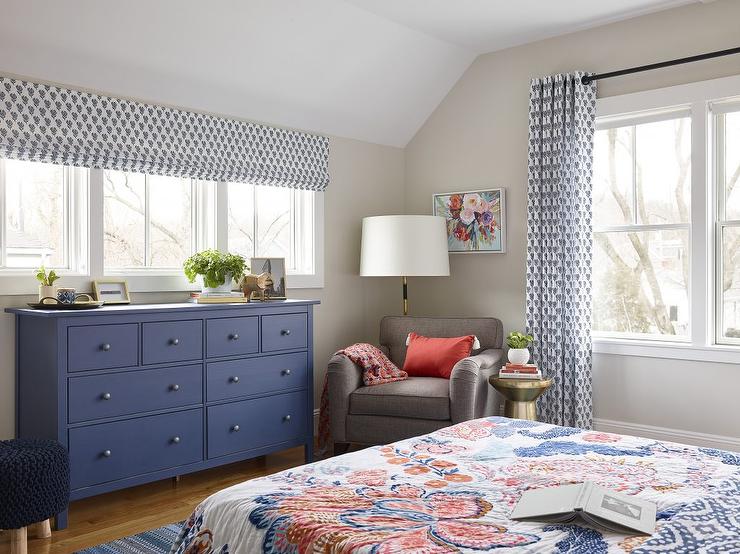
Light Blue, Black, and Grey
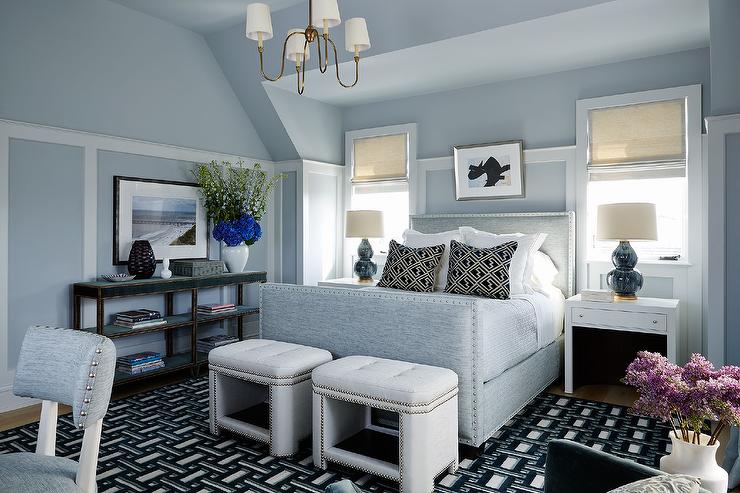
Blue, Peach, and White
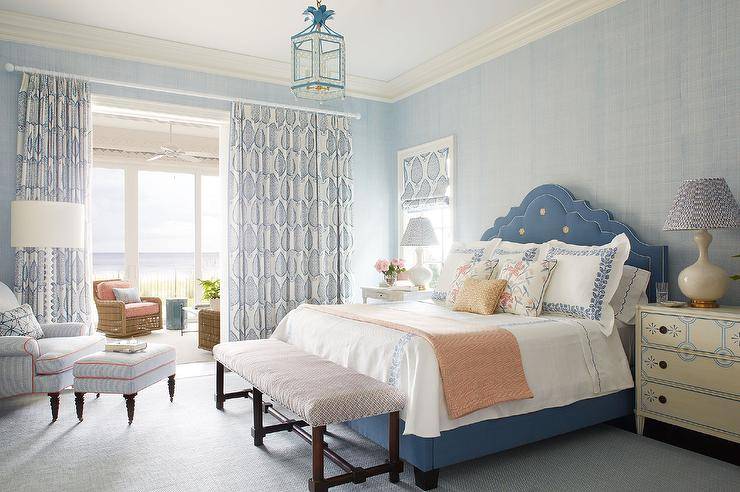
Bright and Colorful Patterns
If patterns are your thing and you’re not afraid to experiment, we say, go for it! Mixing different patterns together can seem impossible, but if your color palette is correct and they blend together nicely, the sky is the limit on what you can do.
Peach, Blue, and Brown
Geometric and floral patterns blend nicely together here because the geometric pattern is one color on a white background, and the color in the pattern matches the same color in the floral curtains.
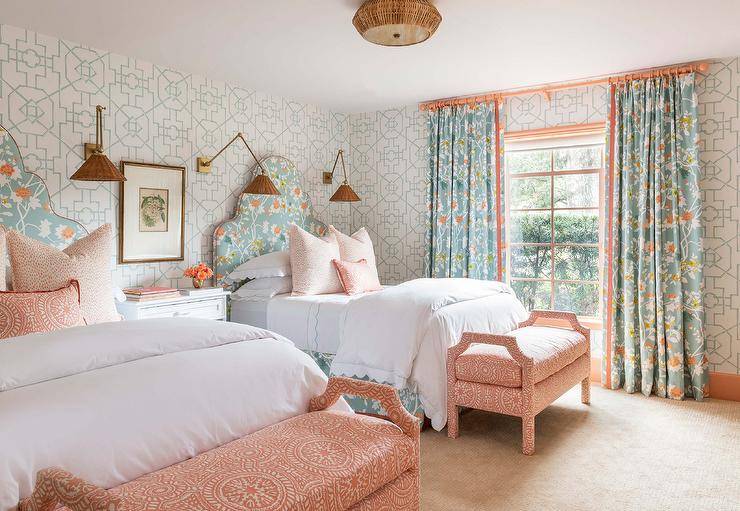
Green, Blue, and Gold
There is just something about a gold brass bed paired with a bold wallpaper. Maybe that Victorian style goes so well together, but we can’t deny that the designer nailed this color combination.
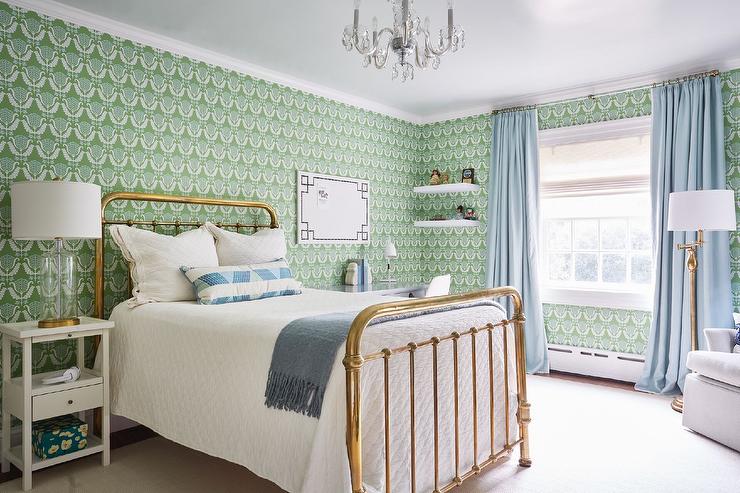
Blue, Yellow, and White
Blue, white, and yellow are fabulous color combinations, especially for a coastal vibe room.
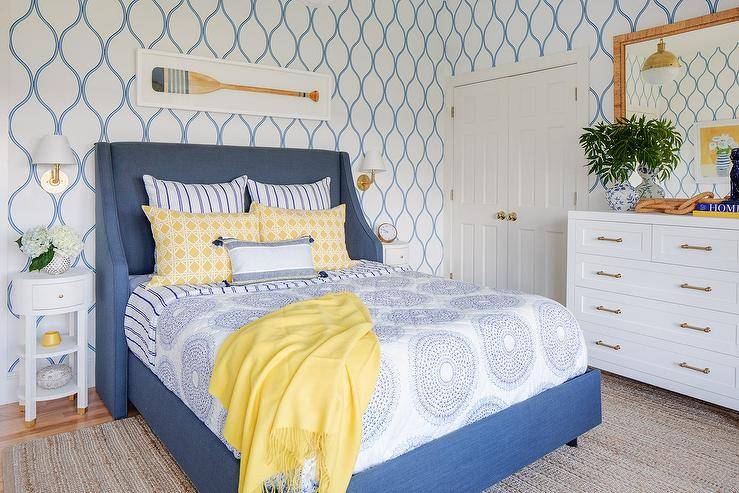
Navy, Red, and White
Even though this bed and carpet are both bold patterns, they hold their own and complement each other quite nicely. Navy, red, and white is a classical color combo, and as long as you have the right shades, you can’t go wrong.
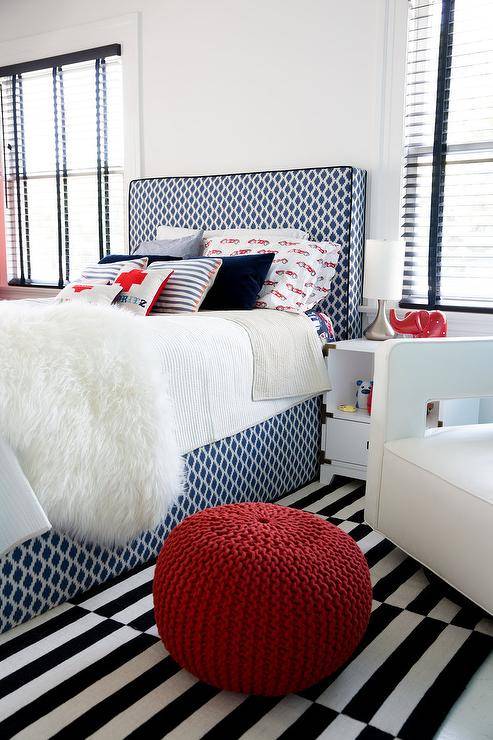
Choosing a Primary Color
When it comes to choosing a color palette, you will want to make sure that you select your primary color correctly. The Rule of 60-30-10, 60 is your primary color and will make up for 60% of the room, so the importance of this color should not be overlooked.
Here is a color guide that narrows down colors into groups and may help you decide which color to choose for the most significant part of your palette.
Soft Neutrals
Neutral colors are always safe and traditional choices for a bedroom. Popular neutral colors include:
- Ivory
- Taupe
- Black
- Gray
- White
Neutral colors are great because they act as backdrops for bedrooms and work with other bright colors in bedding, curtains, carpeting, and artwork. Neutral bedroom walls allow you to be flexible in accenting vivid colors and patterns to transform your space.
Learning to choose neutral bedroom colors means considering the paint’s underlying tones. For instance, white paint is rarely just pure white. Paints are often mixed with other hues to create slight undertones of pink, blue, yellow, or brown. The undertone should match your furnishings, carpet, and bedding, or the room could feel distasteful. Paint experts at your paint store can help you choose the best neutral shade and undertone for your bedroom if you are unsure.
Delicate Pastels
Pastel colors are peaceful and relaxing, making your space a place of serenity. The best pastel colors for bedrooms include:
- Soft blues
- Lavenders
- Greens
- Yellows
- Pinks
A bedroom with a pastel wall color can look graceful and refined. Find the elegant side of pastels by combining and corresponding a few washed-out colors that you’d find in a favorite blanket, artwork, or even furniture. Add light gray or cream bedding and accessories into your interior design, as this will always complement a lovely pastel.
Bright Colors
If bold and bright colors make you content, bring these colors into your bedroom. If you’re energetic, enthusiastic, and love to be surrounded by popping colors, embrace your look. If you love bright, fresh interiors, try deep spring green walls. Experiment with vibrant combinations, such as coral and teal or yellow and turquoise.
- Teal
- Yellow
- Green
- Turquoise
- Fuschia
- Purple
Dark and Moody Colors
There are a few approaches to remember when choosing dark paint colors for bedrooms, such as black or navy blue. This is especially important if the space is small.
- Don’t box yourself in with dark colors. You don’t need to paint every wall the same color — try just a dark accent wall.
- Accentuate length with color. If you have a deep, narrow bedroom, paint one of the longer walls to highlight the room’s length.
- Don’t do too many contrasting dark colors. If you want to go dark, stick with one dark shade and add in some neutrals.
Dark colors that look great in the bedroom:
- Black
- Navy
- Deep Purple
- Emerald Green
- Dark Teal
- Dark Grey
Remember that light colors make a space look bigger, and darker colors make a bedroom seem smaller. The room can also appear more significant if you have a lot of natural light pouring into the bedroom, making choosing a darker color easier and more attainable.
Best Tips for Choosing a Color Scheme
- Leverage a focal point in your room, such as bedding or a piece of art.
- Set a mood for your color scheme.
- Consider color context.
- Refer to the color wheel.
- Use the 60-30-10 rule.
- Draft multiple designs.
Frequently Asked Questions (FAQs)
What are the best colors for a bedroom?
While trends are constantly changing, if you want to make sure your bedroom will be in style and on-trend for a longer amount of time, always choose a neutral or light color for the walls of your bedroom. This way, when trends change, you can switch out items like bedding and curtains easier than having to re-paint.
What colors make a room look bigger and brighter?
If you really want to make your bedroom appear more extensive, you will want to go with soft tones like off-white, blues, and greens. Brighter rooms feel bigger and more inviting, so stay away from darker colors.
You can also try painting your wall trim and moldings in a lighter color than your walls; this will help your room appear larger.
Are there any colors you should not mix?
While you can experiment with most colors, I would say it’s more about the hues and shades of colors that should not be mixed. Two dark contrasting shades should be avoided, especially in the bedroom, and try avoiding using warm and cool tones together as this is hard on the eyes.
What is the most relaxing color?
According to scientists, blue is the most relaxing color; this is why we often see it in bedrooms and bathrooms. This also makes a great starting color for your color palette since so many colors complement blue.
What are the 6 neutral colors?
The six neutral colors are beige, ivory, taupe, black, gray, and shades of white. These are all colors you can use as your starting point for your palette. Use these as the most prominent color in your room if you want a light, airy bedroom. They are also great supplementary colors since they are effortless to match.
If you want more bedroom decor inspiration, check out these related articles:
- Wallpaper Accent Walls For a Serene Atmosphere in the Bedroom
- Relaxing Escape: Ideal Window Seats for the Bedroom
- Fresh Bedroom Looks and Styles to Try Out in the New Year
- 10 Plants for the Bedroom That Can Help You Sleep Better
- Contemporary Eclectic Bedrooms with Restrained Layering
- Wooden Slat Wall Ideas For Your Bedroom
You're reading 41 Stylish Bedroom Color Schemes to Inspire You, originally posted on Decoist. If you enjoyed this post, be sure to follow Decoist on Twitter, Facebook and Pinterest.
from decoist https://ift.tt/R8P5C9S

0 comments: